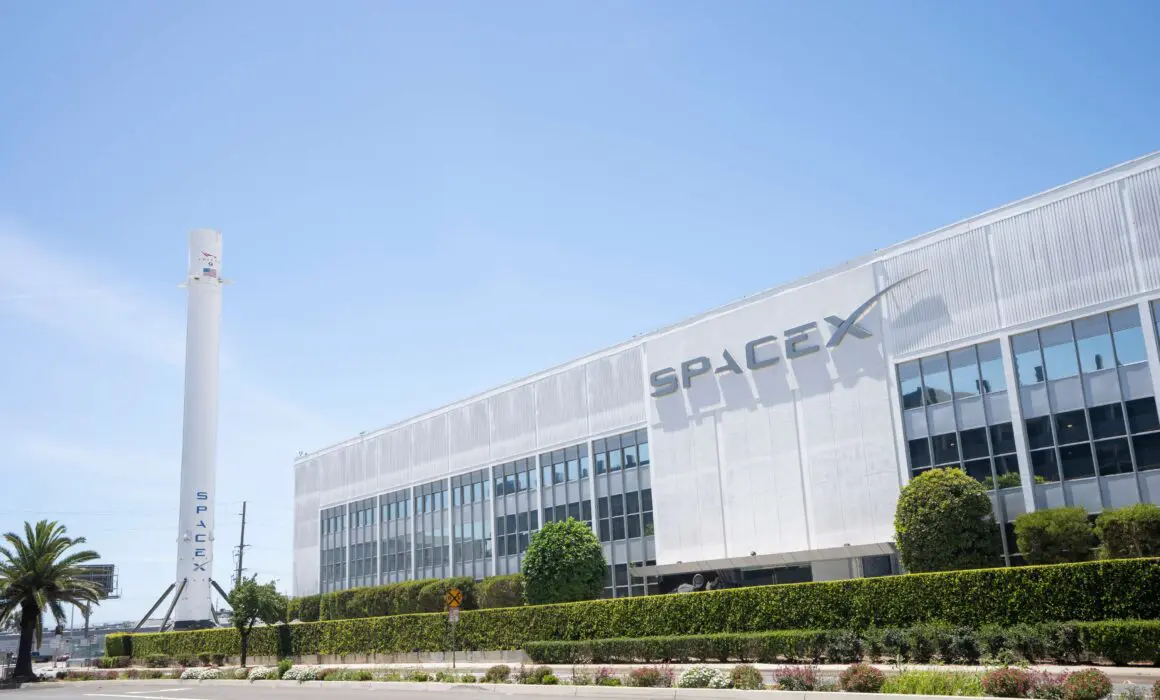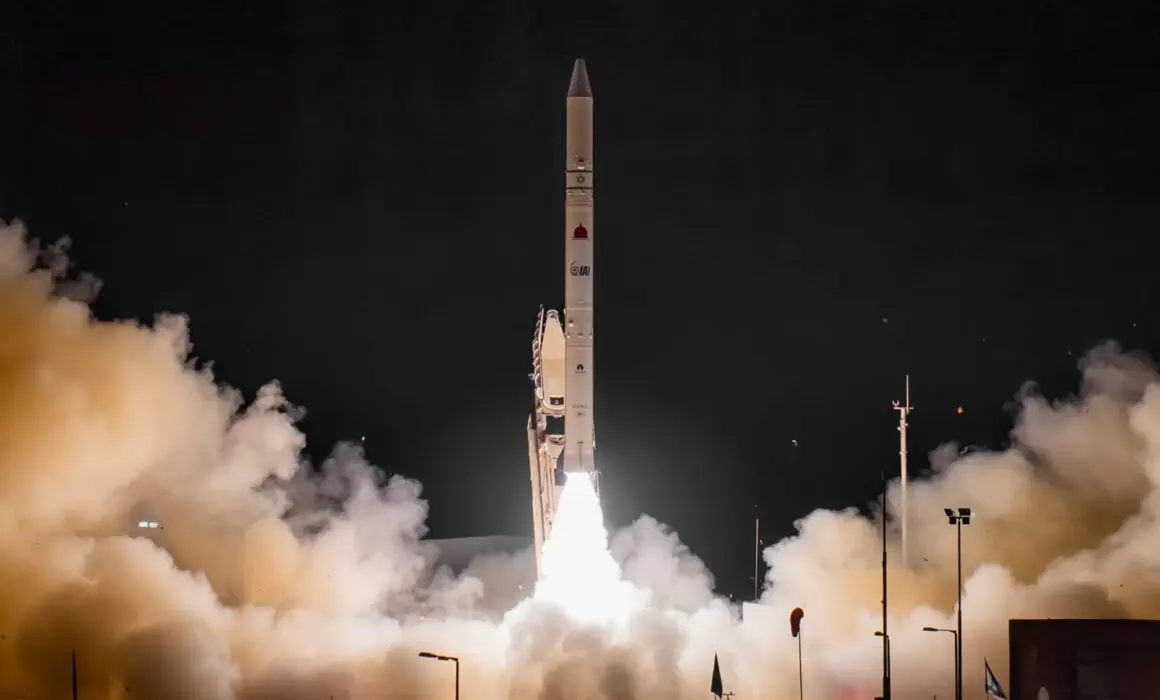
The Fluidic Telescope (FLUTE) project team, jointly led by NASA and Technion – Israel Institute of Technology, envisions a way to make huge circular self-healing mirrors in-orbit to further the field of astronomy.
Larger telescopes collect more light, and they allow astronomers to peer farther into space and see distant objects in greater detail.
The state-of-the-art 21 foot (6.5 meter) aperture James Webb Space Telescope needed to be folded up origami-style – including the mirror itself – to fit inside the rocket for its ride to space. The aperture of an optical space observatory refers to the size of the telescope’s primary mirror, the surface that collects and focuses incoming light.
Keep reading at nextbigfuture.com.



